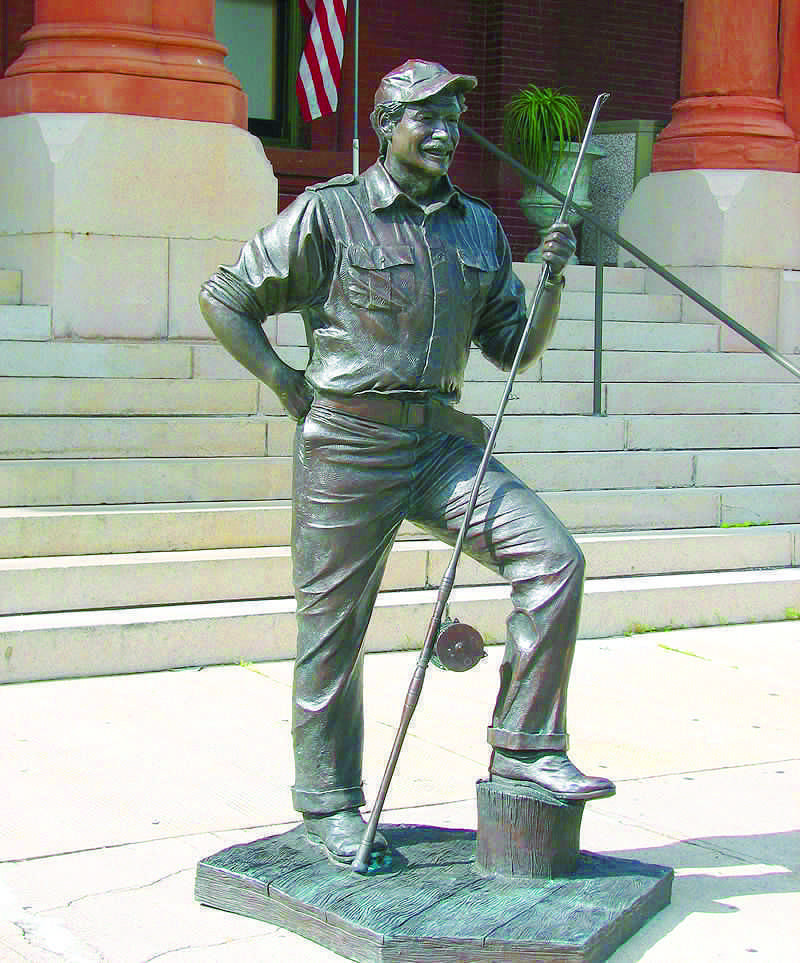Key West had its 34th-annual Ernest Hemingway Look-Alike Contest at Sloppy Joe’s Bar on July 19 of this year. It is one of many events created to celebrate the birthday of one of Florida’s most famous fishermen/writers.
When Sweden issued a stamp to honor the awarding of the 1954 Nobel Prize in Literature to Hemingway, the stamp featured an image of the author along with, not a book or a typewriter, but a sailfish, the kind he used to catch in the Florida Keys. The great writer, in fact—along with Zane Grey and Ted Williams—may have done more to promote deep-sea fishing off Florida than any other single angler.
He set in Key West “To Have and Have Not,” his only novel that takes place in the United States. During the decade that Hemingway spent in Key West (1928-1939), he wrote among other works “A Farewell to Arms,” “Death in the Afternoon,” “For Whom the Bell Tolls,” “The Green Hills of Africa,” “The Fifth Column,” “The Snows of Kilimanjaro” and “The Short Happy Life of Francis Macomber.”
Another work, unpublished during his lifetime, but later found in a secure place in his Key West garage, was “Islands in the Stream,” published after his suicide in 1961. From his second-story writing room in a Spanish-type villa at 907 Whitehead Street, he did some of the most productive writing of his whole, amazing career.
Writing, fishing, some boxing and a lot of drinking became his passions during his Key West years. One of his close friends there was charter boat Capt. Joe Russell, the owner of Sloppy Joe’s Bar at 428 Greene Street, later relocated to 201 Duval Street. Their friendship began when Capt. Joe cashed for Hemingway a royalty check that a local bank had refused to honor.
With Russell’s help, the author once caught an unheard of 54 marlins in 115 days—one more reason why Hemingway modeled Freddy in “To Have and Have Not” after Russell. The author also may have used his own experiences or those he heard about in Key West when he wrote his most famous fishing novel: “The Old Man and the Sea” (1952), for which he won the 1953 Pulitzer Prize in fiction, one year before he won the Nobel Prize for Literature. The well-known story follows an old Cuban fisherman, who is down on his luck. He is finally able to hook a really big fish, but in the end, the sharks devour it.
Standing before the Customs House in Key West is the statue, “Young Hemingway,” by sculptor Terry Jones. The artist’s choice to portray the great man as a fisherman is appropriate since the writer, angling off the Keys, brought great publicity to the area.
Kevin McCarthy, the author of “South Florida Waterways” (2013 – available at amazon.com for $7), can be reached at ceyhankevin@gmail.com.
